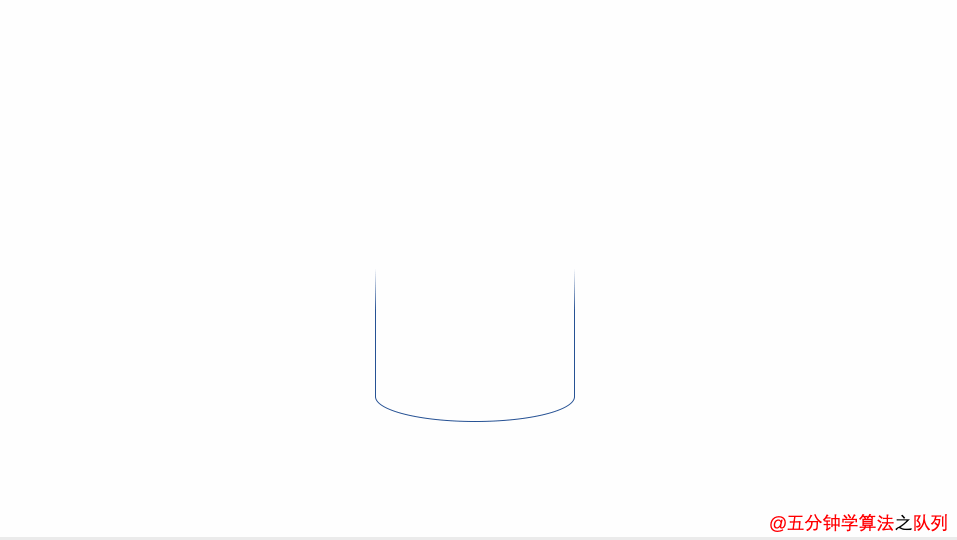数据结构:队列
队列作为一种数据结构,只能从一端添加元素,只能从另一端取出元素。
队列的应用可以在播放器上的播放列表,数据流对象,异步的数据传输结构(文件IO,管道通讯,套接字等)上体现,当然最直观的的就是排队了。

队列和栈的最大区别就是:栈是先进后出,队列是先进先出,根据这个区别能很快的根据栈的操作写出队列
队列的创建和初始化
1
2
3
4
5
6
7
8
9
10
11
12
13
14
15
16
17
18
19
20
21
| #include <stdio.h>
#include <stdlib.h>
#include <stdbool.h>
#define ERROR_CODE -108
#define EMPTY_CODE -109
typedef struct linklist
{
int number;
struct linklist *next;
}LINKLIST;
LINKLIST *init_list()
{
LINKLIST *head,*end;
head = (LINKLIST*)malloc(sizeof(LINKLIST));
end = head;
end->next = NULL;
return head;
}
|
和栈一样,队列也采用单链表实现
判断队列为空
1
2
3
4
5
6
7
8
9
10
11
12
13
14
15
| bool is_empty(LINKLIST *list)
{
if (list == NULL )
{
printf("stack is not exit!\n");
exit(EMPTY_CODE);
}
if (list->next == NULL)
{
return true;
}
return false;
}
|
如果只有一个头节点则队列为空
入队
1
2
3
4
5
6
7
8
9
10
11
12
13
14
15
| int push(LINKLIST *list,int number)
{
LINKLIST *node;
if (list == NULL)
{
return ERROR_CODE;
}
node = (LINKLIST*)malloc(sizeof(LINKLIST));
node->number = number;
node->next = list->next;
list->next = node;
return 0;
}
|
头插法,每次入队都插入到队列最前面
出队
1
2
3
4
5
6
7
8
9
10
11
12
13
14
15
16
17
18
19
20
21
22
23
24
25
| int pop(LINKLIST *list)
{
int number;
if (list == NULL)
{
return ERROR_CODE;
}
if (is_empty(list))
{
return EMPTY_CODE;
}
while (list->next->next != NULL)
{
list = list->next;
}
number = list->next->number;
free(list->next);
list->next = NULL;
return number;
}
|
出队时,从队尾出队,保证先进先出
如果入队采用尾插法,出队则需要从头部出队
删除队列
1
2
3
4
5
6
7
8
9
10
11
12
13
14
15
| int del(LINKLIST **list)
{
if (*list == NULL)
{
return ERROR_CODE;
}
while ((*list)->next != NULL)
{
pop(*list);
}
free(*list);
*list = NULL;
}
|
将所有节点出队,最后删除头结点
